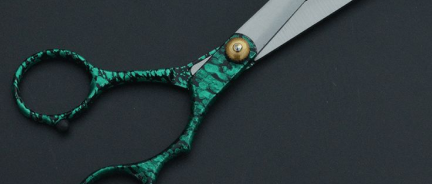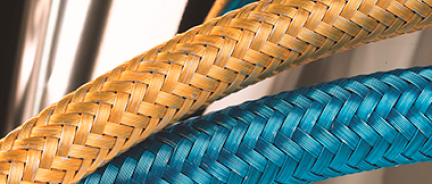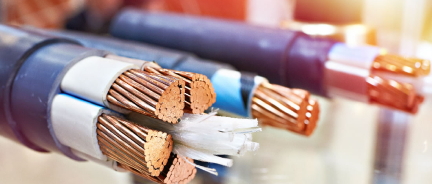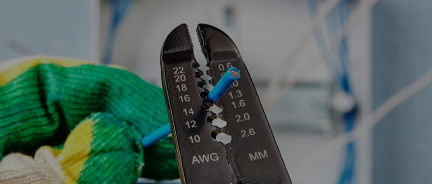How Are Twinax and Coax Cables Different?
How Are Twinax and Coax Cables Different?

Twinax and coax cables are basically sister cables as they are very similar. The primary difference between the twinax and the coax cable is that a coax cable only has one inner copper conductor, and the twinax cable has two.
Coax cable may have a second conductor on the outside separated from the inner one by the dielectric shield, but the construction varies. The only thing that remains constant is that there is a single inner conductor.
In contrast, the twinax cable has two inner twisted copper conductors surrounded by a single or a double shield that is not isolated.
Features of Twinax vs. Coax
Two conductors in a twinax cable act to strengthen the signal and make it more well-protected. However, such a high-quality signal will only work over the short range at a high speed. In all other cases, the coax cable is an all-around better choice. It works better at high, medium, and low speeds and can carry low-frequency signals.
When a twinax cable was first introduced, it was marketed as the newest generation of coax cable. However, a twinax cable is not a replacement for coax cable, as the latter works for much more versatile applications. The twinax cable was originally used by the company IBM in its terminals and printers. The company designed it.
Twinax Cable Applications
- Data Transmission
- Information Systems, such as IBM processors
- Twinax Cables can sometimes replace CAT cables as they have better protection from crosstalk and higher bandwidth than category cables.
- Military Applications under MIL-STD-1553 standard
- 10 Gigabit Ethernet
- Signal Transmission in Data Centers
Coaxial Cable Applications
- Transmission Of High-Frequency Computer Signals
- Baseband Transmission
- Broadband Transmission
- Ethernet
- Radio Antennas
- Different Types of TV
- Radio Signals
- Audio Signal Transmission
- Mil-spec signal transmission applications
- Signal Transmission in Data Centers
Triax and Quadrax Cables
Within the same logic as coax and twinax cables, there are also triax and quadrax cables. Triax cables have three inner conductors, and quadrax cables have four inner conductors. Both have improved EMI protection and are used to protect from noisy signals at frequencies below 50 MHz.
All in all, twinax and coax cables are a variation of the same cable, but a coax cable has a broader range and is suitable for a more comprehensive range of applications. Twinax cable carries a high-quality signal at high speed over a short range.
You can purсhase high-quality coax cables at the best prices at Nassau National Cable, including twinax, triax and quadrax ones.

















